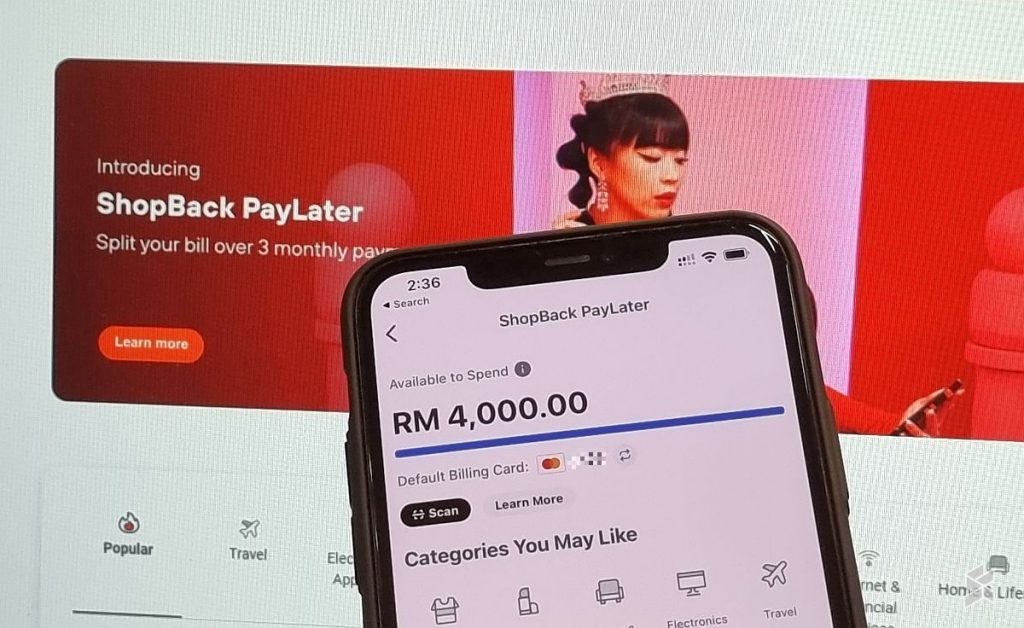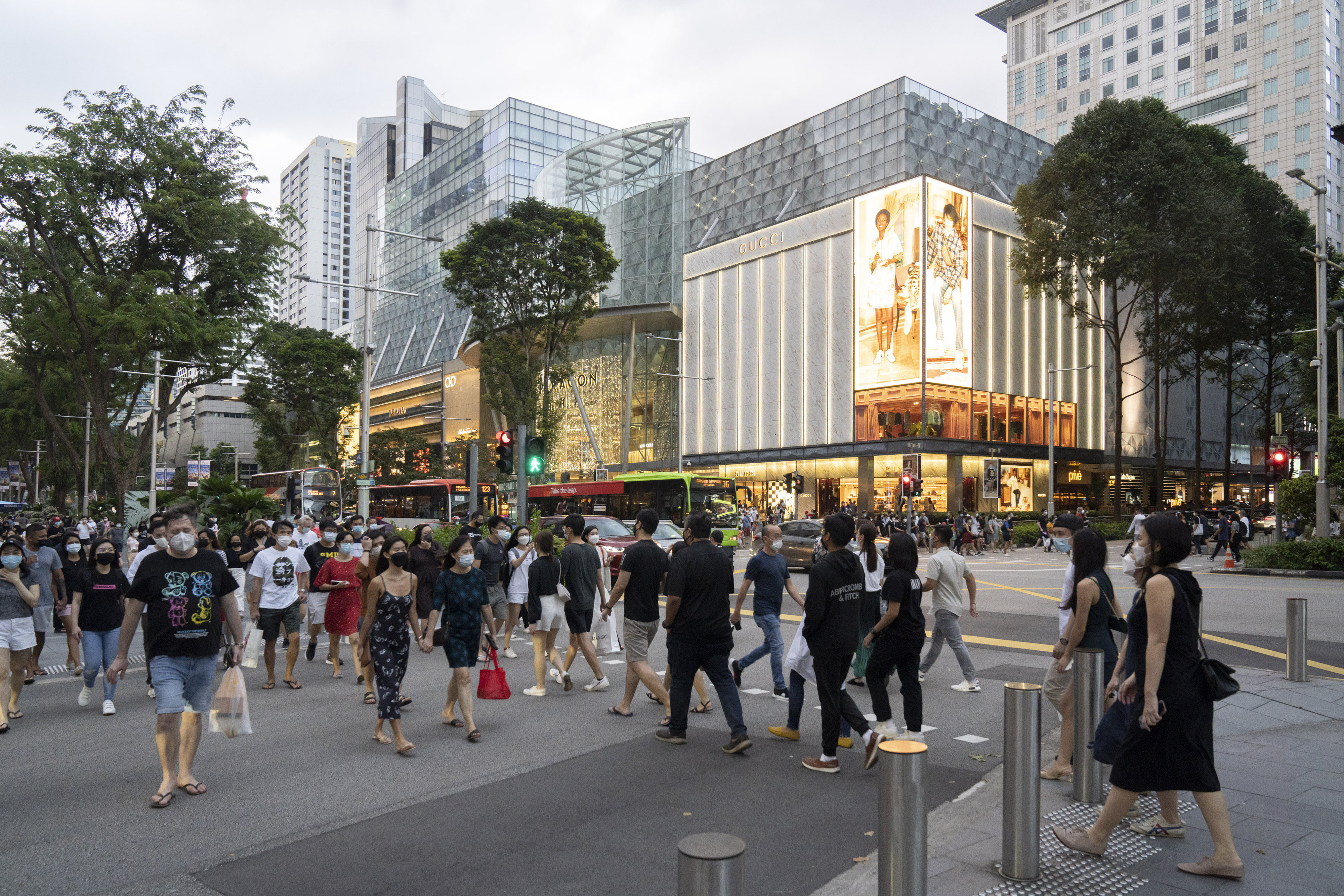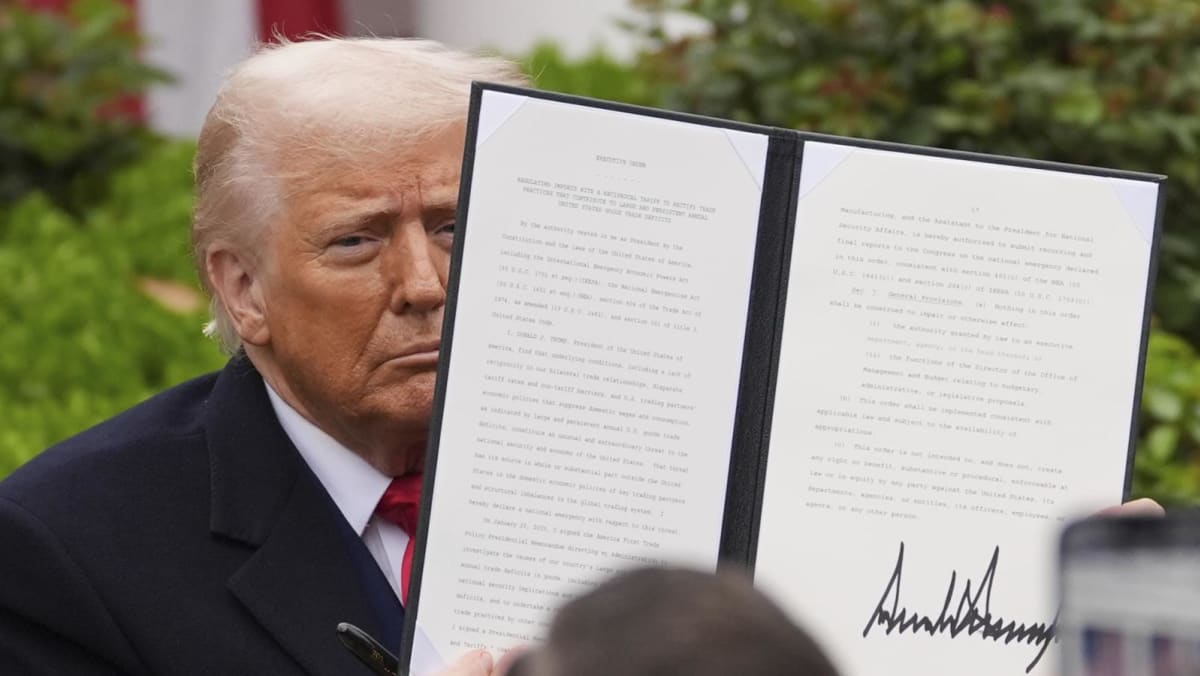BNPL Fatigue: The Growing Consumer Backlash Against Buy-Now-Pay-Later Culture
The glossy promise of "buy now, pay later" is beginning to tarnish. What started as a revolutionary payment method designed to democratise access to goods has morphed into a concerning debt trap that's sparking a global consumer backlash. As defaults surge and regret mounts, the BNPL industry finds itself at a crossroads—and Singapore's regulatory response offers a fascinating case study in how governments are grappling with this fintech phenomenon.
The Numbers Don't Lie: Rising Defaults and Consumer Distress
The statistics paint a sobering picture of an industry in crisis. According to the latest data from The Motley Fool's 2025 Buy Now, Pay Later Trends Study, nearly 40% of Americans now regret using BNPL services after understanding the total cost burden. More alarmingly, 24% of BNPL users have made a late payment—a significant jump from just 18% in 2023.

- 39% of BNPL users regret using the service after realising full costs
- 24% of users have made late payments (up from 18% in 2023)
- 31% of users have lost track of their payments
- 58% rely on BNPL to buy items they otherwise couldn't afford
The psychological toll is equally concerning. Research from the Consumer Financial Protection Bureau's 2025 report reveals that consumers with at least one BNPL loan held significantly higher balances across all forms of unsecured credit. These borrowers maintained an average of S$1,503 more in credit card debt, S$9,901 more in student loans, and S$782 more in personal loans compared to non-BNPL users of similar age and credit profiles.
"Americans were using 'buy now, pay later' as a Band-Aid on top of their credit card debt. We look at it as a kind of bellwether of risks to the overall economy."— Julie Margetta Morgan, President of the Century Foundation
The data becomes even more troubling when examining the credit profiles of BNPL users. From 2021 to 2022, borrowers with deep subprime credit scores accounted for 45% of BNPL originations, whilst those with subprime scores were responsible for another 16%. This concentration amongst financially vulnerable populations suggests that BNPL services are filling a gap left by traditional credit markets—but at what cost?
The Psychology of BNPL: Designed to Overspend
The psychological mechanisms behind BNPL's appeal are both sophisticated and concerning. Research from ULISFintech identifies several key psychological triggers that drive excessive spending behaviour.

The Illusion of Affordability
BNPL services exploit what psychologists call "temporal discounting"—the human tendency to value immediate rewards more highly than future costs. By breaking down payments into smaller instalments, BNPL makes purchases appear less daunting and more manageable. A S$690 purchase suddenly becomes "just S$172 over four payments," creating a dangerous illusion of affordability.
This psychological manipulation is particularly effective online, where decision fatigue from countless purchasing options can lead to impulsive "yes" decisions. The streamlined BNPL checkout process bypasses the natural hesitation that might occur when confronted with a large upfront cost.

The Ownership Trap
Perhaps most insidiously, BNPL creates what researchers term "ownership bias"—a sense of possession even before the purchase is fully paid off. This psychological ownership reduces buyer's remorse and can encourage additional spending, as consumers feel they already "own" the item despite only having made a small initial payment.
"The ease of BNPL can lead to overspending and potential debt accumulation, especially when juggling multiple BNPL payments. Responsible budgeting becomes crucial to avoid falling into a debt trap."— ULISFintech Research
Singapore's Response: Regulation Without Regulation
Singapore's approach to BNPL regulation offers a fascinating glimpse into how governments are attempting to balance innovation with consumer protection. Rather than implementing heavy-handed regulation, the Monetary Authority of Singapore (MAS) has opted for what it calls "effective industry self-regulation."
In February 2025, MAS Minister of State Alvin Tan provided a detailed parliamentary response that illuminated the current regulatory landscape. Despite growing concerns, BNPL transactions remain relatively small in Singapore, accounting for only about 1% of total credit card and debit card payment values in the first half of 2024.
The BNPL Code of Conduct
Under MAS guidance, Singapore's BNPL providers have committed to a voluntary Code of Conduct that establishes several key safeguards:
- Services limited to customers aged 18 and above
- Maximum credit exposure of S$2,000 without additional assessment
- Mandatory credit checks against a dedicated BNPL credit bureau
- Income verification requirements for larger credit extensions
According to the parliamentary response, all four BNPL providers in Singapore have been independently assessed and accredited for Code compliance since May 2024. Importantly, no breaches have been reported to date—though critics question whether this reflects genuine compliance or inadequate monitoring.

The Total Debt Servicing Ratio (TDSR) Exclusion
One of the most significant aspects of Singapore's regulatory approach is the exclusion of BNPL obligations from Total Debt Servicing Ratio (TDSR) calculations. MAS justifies this decision by noting that BNPL amounts tend to be relatively small with built-in safeguards to prevent debt snowballing.
"The Total Debt Servicing Ratio, or TDSR, includes monthly debt obligations from all credit facilities granted by financial institutions regulated by MAS. These account for 98% of all credit granted to Singapore households by commercial entities."— MAS Parliamentary Response, February 2025
However, this exclusion raises questions about whether Singapore's regulatory framework adequately accounts for the cumulative debt burden that BNPL services can create, particularly amongst younger consumers who may be juggling multiple payment plans simultaneously.
The Global Reckoning: Industry Struggles
The BNPL industry's struggles extend far beyond consumer complaints. Across Asia Pacific, once-promising BNPL companies are retreating, consolidating, or shutting down entirely. The sector that attracted billions in venture capital during the pandemic is now facing a harsh reality check.
The Great Withdrawal
The carnage has been particularly severe in Southeast Asia. Australian BNPL giant ZIP withdrew from 10 of its 14 international markets in March 2023, including Singapore, after reporting a staggering S$201 million loss. The company's share price has plummeted 95% since February 2021.
Similarly, Malaysia's IOUpay collapsed amid fraud allegations, with approximately S$24.35 million allegedly embezzled between 2022 and 2023. Singapore's own Pace opted for voluntary dissolution in August 2023, citing escalating debts.

Perhaps most telling was ShopBack's decision to terminate its BNPL offering in Singapore and Malaysia by March 2024, despite the Temasek-backed company's acquisition of BNPL provider hoolah in 2021. The move highlighted the fragility of the BNPL revenue model and the challenges of maintaining profitability in a competitive market.
The Klarna Warning
Even industry leaders aren't immune to the challenges. Klarna, one of the world's largest BNPL providers, reported a 17% year-on-year increase in consumer credit losses in the first quarter of 2025. The company's troubles have been compounded by paused IPO plans amid market volatility.
"There's nothing troubling or worrisome from this data."— Clare Nordstrom, Klarna Spokesperson
Despite such reassurances, the industry's defensive posture suggests growing concern about sustainability. The competition from well-resourced digital giants like Grab and traditional banking institutions has intensified, whilst regulatory pressure mounts across multiple jurisdictions.

The Youth Crisis: A Generation in Debt
The most concerning aspect of the BNPL phenomenon is its disproportionate impact on young consumers. The CFPB's 2025 report revealed that 37% of consumers aged 18-24 used BNPL services in 2022, nearly double the general population rate.
For this demographic, BNPL isn't just a convenient payment method—it's becoming a fundamental part of their financial infrastructure. The data shows that for 18-24 year-olds, BNPL purchases comprised 28% of their total unsecured consumer debt during months when they borrowed, compared to just 17% for borrowers of all age groups.
The Regret Generation
The psychological toll on young consumers is particularly acute. The Motley Fool's 2025 study found that 55% of Gen Z users regret using BNPL after realising the full cost, compared to just 31% of baby boomers. This regret is accompanied by practical difficulties: 37% of Gen Z users have lost track of their BNPL payments, and they're four times more likely than older generations to experience this problem.

- 37% of 18-24 year-olds used BNPL in 2022
- 55% of Gen Z users regret using BNPL services
- 37% of Gen Z users have lost track of payments
- BNPL comprises 28% of young adults' total unsecured debt
The implications extend beyond individual financial stress. As MAS noted in its parliamentary response, the national financial education programme MoneySense has incorporated warnings about BNPL into its curriculum and outreach efforts, recognising the need for targeted education about responsible usage.
The Path Forward: Lessons from the BNPL Backlash
The growing consumer backlash against BNPL services represents more than just buyer's remorse—it's a reckoning with the psychological manipulation inherent in these payment systems. The industry's struggles, from rising defaults to company closures, suggest that the easy money of the pandemic era is over.
Singapore's regulatory approach offers a middle path between laissez-faire capitalism and heavy-handed intervention. By establishing industry standards whilst maintaining flexibility for innovation, MAS has created a framework that could serve as a model for other jurisdictions. However, the exclusion of BNPL obligations from debt-to-income calculations remains a significant blind spot that may need addressing as usage grows.
The psychological research into BNPL's appeal reveals the need for greater consumer education about the cognitive biases these services exploit. Understanding temporal discounting, ownership bias, and decision fatigue can help consumers make more informed choices about when and how to use BNPL services.
,aspect=fit&q=75)
The Regulatory Horizon
As the industry matures, expect to see increased regulatory scrutiny globally. The European Union is already considering comprehensive BNPL regulations, whilst the United States has begun treating BNPL providers like credit card companies under certain circumstances. Singapore's self-regulatory approach may face pressure to evolve if consumer problems persist or worsen.
The irony is that BNPL services were designed to democratise access to goods and services, particularly for younger consumers with limited credit histories. Instead, they've created a new form of debt that's often invisible to traditional credit monitoring systems and excluded from standard debt-to-income calculations.
As one former BNPL executive noted when leaving the industry: confidence in the business model appears to be waning even among its former champions. The question isn't whether BNPL will survive—it's whether it can evolve into a genuinely beneficial financial tool rather than a sophisticated debt trap.
For Singaporean consumers, the message is clear: the convenience of BNPL comes with hidden costs that extend far beyond the purchase price. As the industry grapples with its identity crisis, consumers must develop their own defences against the psychological manipulation that drives overspending. The alternative—a generation trapped in invisible debt—is simply too costly to ignore.
References
- The Motley Fool. "2025 Buy Now, Pay Later Trends Study." Survey conducted via Pollfish
- Consumer Financial Protection Bureau. "Consumer Use of Buy Now, Pay Later and Other Unsecured Debt."
- Monetary Authority of Singapore. "Oral reply to Parliamentary Question on the rising use of Buy Now, Pay Later sch emes."
- FinTech News Singapore. "The Rise and (Ongoing) Fall of BNPL Services: Is the Due Date Near for 'Pay Later'?"
- ULISFintech. "Beyond the Click: The Psychological Impact of Buy Now, Pay Later on Spending Habits."
- The New York Times. "What 'Buy Now, Pay Later' Defaults Say About the Consumer."
- Harvard Business Review. "How 'Buy Now, Pay Later' Is Changing Consumer Spending."
- Monetary Authority of Singapore. "Written reply to Parliamentary Question on reports of non-compliance with BNPL Code of Conduct."
Let us know what you think about this topic, and what do you want to hear next.
You can now be our community contributor and make a pitch to have your favourite personality be on our show.
Join our community group and drop us your insights on this topic.

-4.png?width=50&name=Square%20(2)-4.png)



.png?height=200&name=WnS%20146%20(2).png)




Let us know what you think of this post